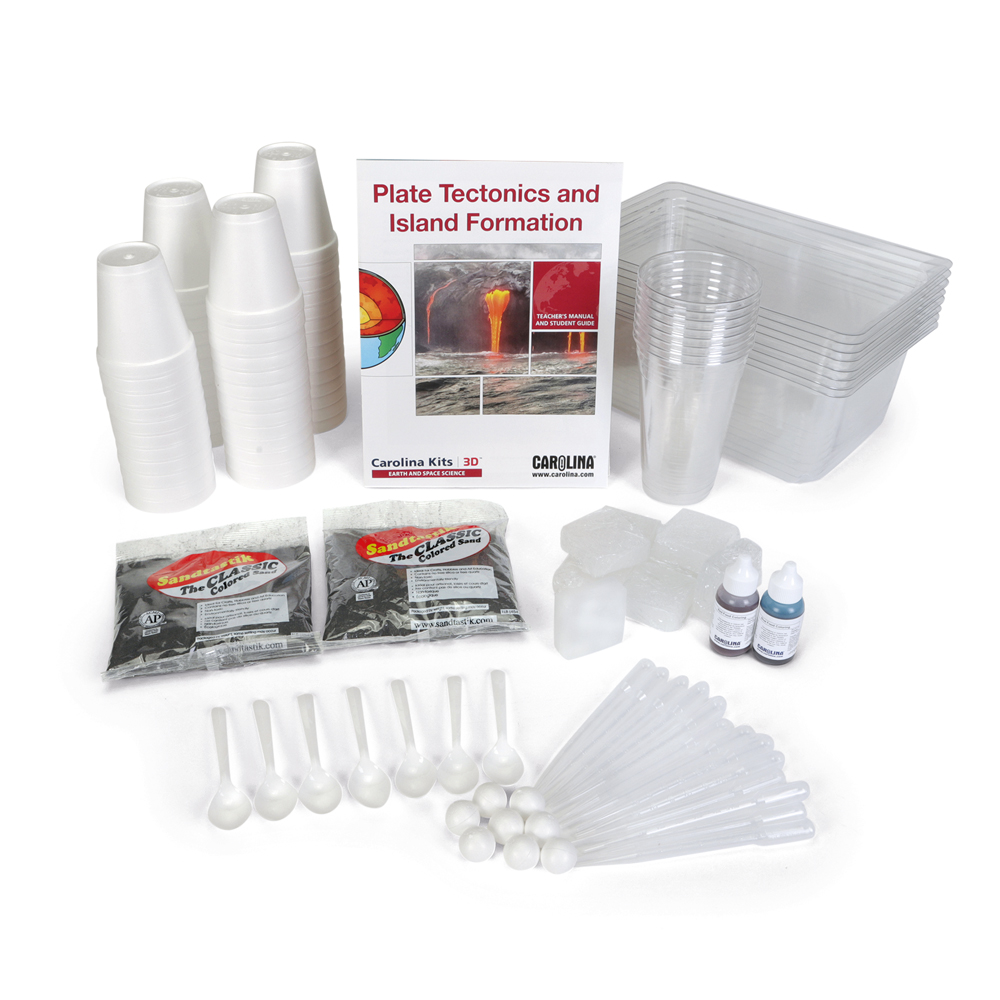Description
Students construct an explanation of how matter cycles in Earth’s interior and apply it to the movement of Earth’s plates. In this series of 4 investigations, they use models to describe the formation of the Hawaiian Islands. Students digitally explore data to find patterns in seismic activity, determine how temperature impacts density, and model convection currents and the formation of a volcano.
Curriculum Connection
While designed for a stand-alone earth science course, this series of activities could be incorporated into a high school chemistry course during a unit on energy and heat flow.
Time Requirements
Teacher prep, approximately 60 minutes. Completing the activities, approximately 1 week (200 minutes).
Digital Resources
Includes 1-year access to digital resources that support 3-dimensional instruction for NGSS. Digital resources may include a teacher manual and student guide, pre-lab activities and setup videos, phenomenon videos, simulations, and post-lab analysis and assessments.
Performance Expectation(s)
HS-ESS2-3. Develop a model based on evidence of Earth’s interior to describe cycling of matter by thermal convection.
HS-ESS2-1. Develop a model to illustrate how Earth’s internal and surface processes operate at different spatial and temporal scales to form continental and ocean-floor features.
Crosscutting Concepts
Energy and Matter
Cause and Effect: Mechanism and Prediction
Disciplinary Core Ideas
ESS2.A: Earth Materials and Systems
ESS2.B: Plate Tectonics and Large-Scale System Interactions
Science and Engineering Practices
Constructing Explanations
Prerequisite Knowledge and Skills
Students should be familiar with the idea that all Earth processes are the result of energy flowing and matter cycling among the planet’s systems. Also, they should understand that Earth’s surface is comprised of plates that have moved over the history of the Earth.

